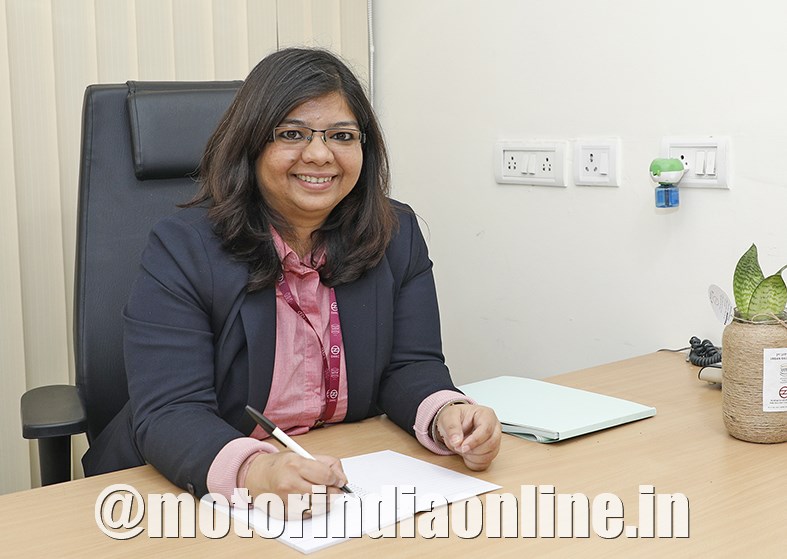
Motorindia hosted a webinar on ‘Indian Bus Industry – Sustaining the Pandemic and Beyond’, in an attempt to address the burning question – ‘what happens post-COVID’. Eminent industry experts including Karl-Alexander Seidel, CEO & Head, Daimler Bus India, Anil M. Kamat, MD, MG Group, Dr. K Rama Murthy, Chief Engineer (Maintenance), KSRTC, and Prasanna Patwardhan, President, Bus & Car Operators Confederation of India (BOCI), and CMD, Prasanna Group of Companies, graced the virtual dais and shone light on various aspects of the topic. Under the able moderation of Rupa Nandy, Head, UITP India, the experts’ deep insights touched upon various challenges, social solutions, hidden and obvious opportunities, recommendations to the government and the way forward for the bus sector post the pandemic. Sarada Vishnubhatla reports.
Excerpts from the webinar:
Karl-Alexander Siedel, CEO, Daimler Bus India

Dealing with COVID challenges – Health
All the prescribed safety guidelines are being followed and our buses are being fumigated before delivering to our customers. We have implemented Kaizen improvements besides adhering to work-from-home strictly for those who are not required on the shopfloor. We are working on measures that can be brought into the aftermarket as aftermarket fitment to protect passengers and the driver.
Stimulus Package
The stimulus package has positive impact on us and the overall industry. But it is only an emergency measure that prevents us from going bankrupt. We need to focus more on the recovery of the economy. A GST reduction to 18% would help in the recovery of the bus industry in the long run. Homologation and insurance must be looked into seriously.
The government may give more stimulus to the operators and extend the relief in the form of social distancing norms. We can come up with innovative ideas to utilize the bus capacity while ensuring safe health of the passengers. If this materialises, the possibility of a revival is as early as next year.
Top 3 Asks
We seek regulation policy on homologation in place at the earliest, look at taxation and Scrappage Policy.
Outlook – Long & Short of it
The deep recession that we are in may continue for a longer period. Tourism and intercity travel are currently low. We have some inquiries for staff buses because many companies are looking at increasing their fleet to accommodate social distancing. We are working now on the concept that this is not just about doubling the fleets but that we have innovative concepts with new seat layouts and other measures. Currently school segment is having zero demand, also the city bus segment.
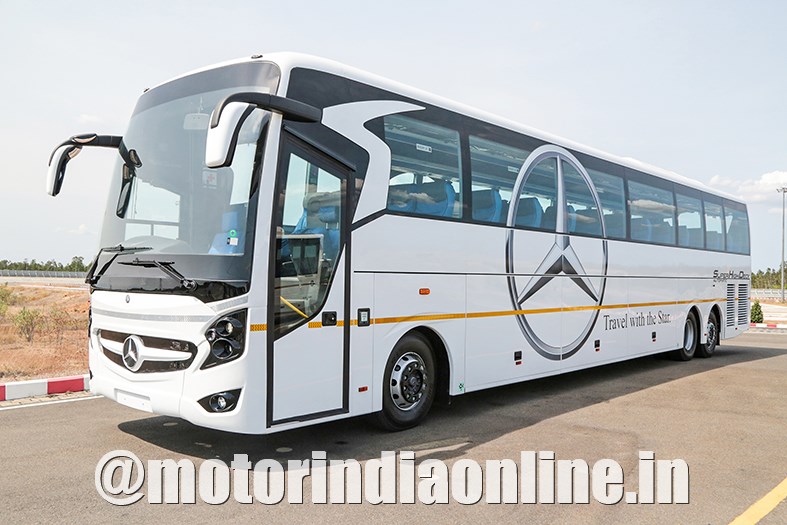
EV – Daimler perspective
Introduction of EVs in India has been delayed by the pandemic. But it will see a significant rise in future. The ‘vocal for local’ campaign may counterbalance this postponement and even out the timeline to pre-COVID times. Currently, if Rs. 1.5-2 crore is the price of an electric bus, battery costs a major portion of it because it is imported from China. But many suppliers are working on localization of this technology in India and hopefully we will have locally made batteries available soon and that will be the time when Daimler India will bring in these buses into the market.
+ve Impact of COVID
Most of the creative and innovative ideas on how to fight COVID were born in India – be it the foot-steered hand sanitizers or door opening systems by a foot, or first UV light cleansing unit. Such creative potential can also be used in the bus industry. Innovations such as upgrading AC systems by suppliers can be done easily as retro fitments. This should be explored further.
Exports – An Opportunity?
Due to Corona, demand is low in many export-oriented countries. While we are still greatly affected, some European and Central African countries have normalized and are opening up. We can tap into these opportunities to export and balance out the negative impact on a monthly basis.
—-
Anil M Kamat, MD, MG Group
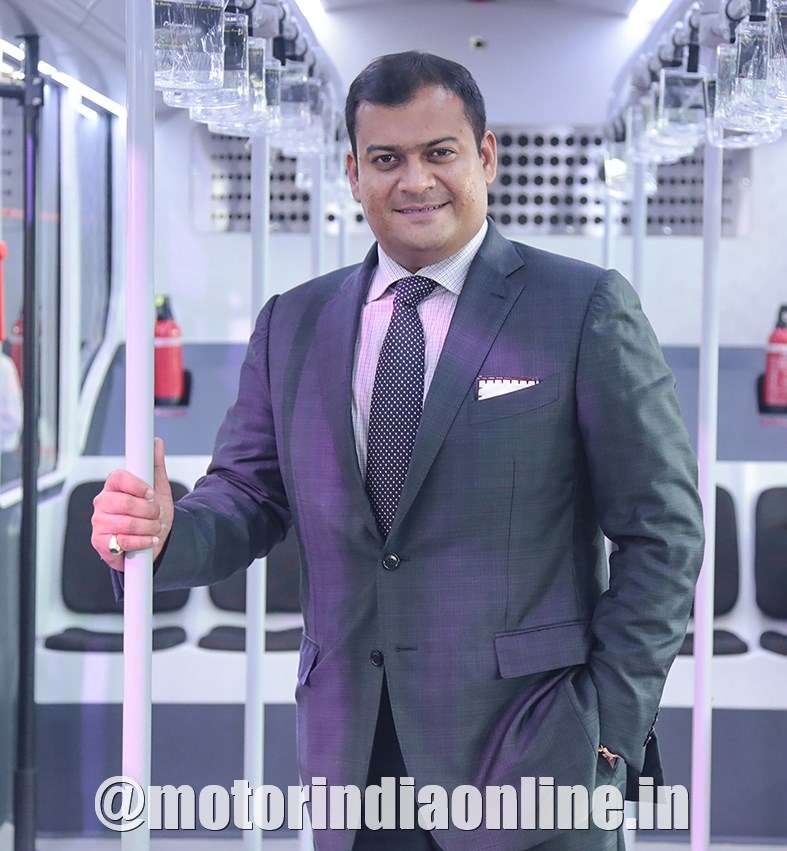
Dealing with COVID challenges – Sales
In terms of bus services, we barely have 1 or 2% operational despite buses being a major mode of mass transportation. Intercity transport is also yet to start. In the meantime, we are witnessing a significant shift where masses are moving from buses to 2-wheelers or using personal cars. There is going to be a higher demand for non-AC buses.
Many air conditioning supplier partners are already working on more sophisticated systems using UV treatment that can make the saloon space travel-friendly. The instinctual thinking like stopping air-conditioned bus travel probably is not a smart thing to do probably. We must come up with an engineering solution.
Going further, we believe we will still be in deep recession up to Q3 of FY 21. Recovery may begin from the Q4 of FY 21.
Stimulus Package
The revised limits set for qualifying and defining MSMEs could be a huge morale booster but the government urgently needs to introduce clarity in policy communication. A few immediate challenges for MSMEs are paying salaries, discharging vendor bills, meeting other fixed expenses and these require access to emergency funds.
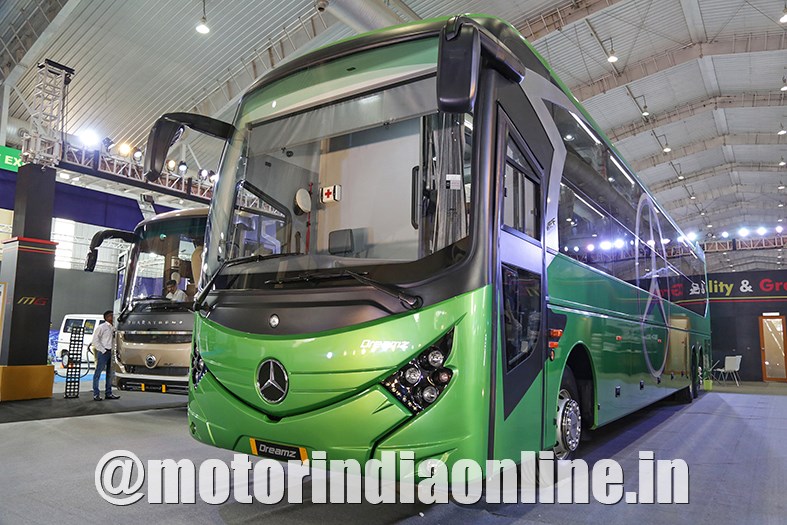
Top 3 Asks
Scrappage Policy will boost demand. The GST rates for bus and coach bodybuilding should be brought down to 12% at least. The homologation and Type Approval charges need to be waived. It is not affordable for the bus body sector to get COVID-compliant re-homologation and re-type approvals done because there are many variants to it. We recommend one motor vehicle tax for one country.
Demand for Custom-built Buses
Post-COVID, we feel bus design changes will become inevitable. The drivers will prefer having their own secluded cabins, which will help passengers too feel more confident to travel by buses. Installing infotainment systems can predict ridership levels, which will help fleet operators track profitable routes, besides installing connected safety systems to track passenger safety – whether from COVID or otherwise.
EV – MG Group Perspective
EVs are the future which cannot be skipped out on. MG Group will make significant investments in design and engineering in EV projects, while ensuring minimum dependence on imports. Exploring the EV 3-wheeler segment is also a possibility. As an industry, we should get global companies to shift their manufacturing bases here and make buses for them.
Exports – An Opportunity?
Exports are definitely an opportunity. We are capable of delivering good quality engineered and cost-effective solutions for the global markets. Africa and other countries are showing demand in buses and we must pursue these opportunities.
—-
Dr. Ramamurthy, Chief Engineer (Maintenance), KSRTC
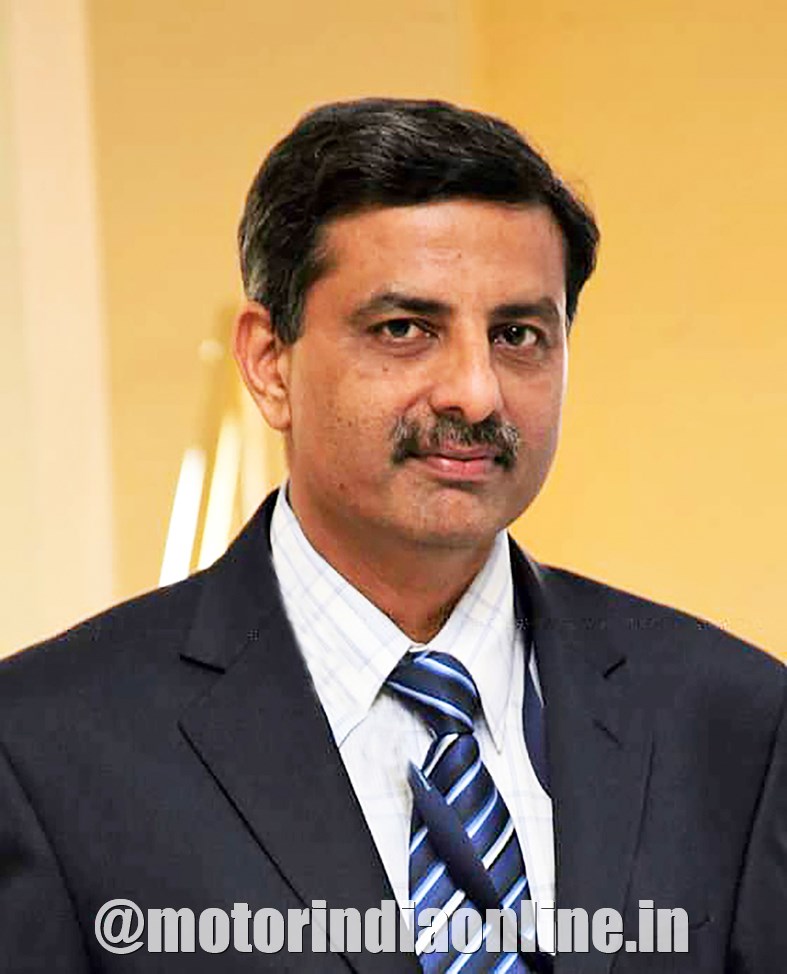
Dealing with COVID challenges – Public Service
KSRTC has facilitated shifting of about 1.5-2 lakh migrant workers during the lockdown. And we have also helped bring in passengers from different parts of the city to railway stations. Post every trip, we have ensured sanitization of the buses from the inside out. Due to financial crunch, we have stopped buying buses even though we had planned a big number of purchases of BS6 vehicles this year and the recently purchased 100 plus AC buses are yet to be utilized. KSRTC has the largest fleet of AC buses in the country with more than 600 buses which means a huge investment is stuck.
Our revenue from AC and intercity services has been badly hit. Yet we have given a few buses to be used as mobile clinics to each district headquarters’ health departments. We must build confidence among the passengers to ride buses otherwise, we will not see a big change in the economy.
Outlook – Long & Short of it
Unless we find a vaccine, masses may not ride buses and even today, personal transport is being preferred.
Instead of making huge investments in metros, buses as public transport should be played up more. And it must be considered as an employment opportunity also because 4-5 people are required for the operation of one bus.
EV – KSRTC Perspective
Going by FAME 2’s vision for electric buses, KSRTC went ahead with a tender for 300 AC 12-meter buses, besides 100 more for BRTS and intercity services. We are yet to operate even our existing AC buses.
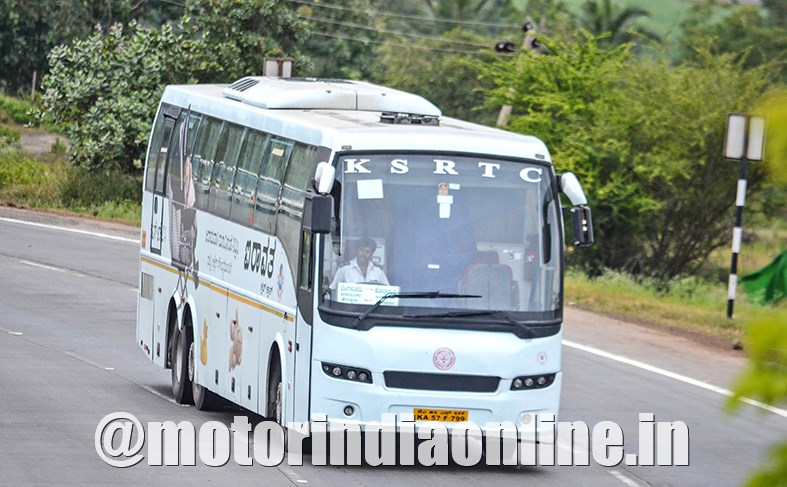
There are 46 big bodybuilding centers in India which are technologically good but they can be upgraded by getting into technological joint ventures. Make in India can definitely encourage such initiatives, especially in EVs. And if the bodybuilders with innovative ideas come up with pro-rata kind of fitment of electrical buses, then conversion of our regular buses into electric ones with retro fitment with new technology will cost 40-50% lower than the cost of a new electric bus.
—-
Prasanna Patwardhan, BOCI President and CMD, Prasanna Group of Companies
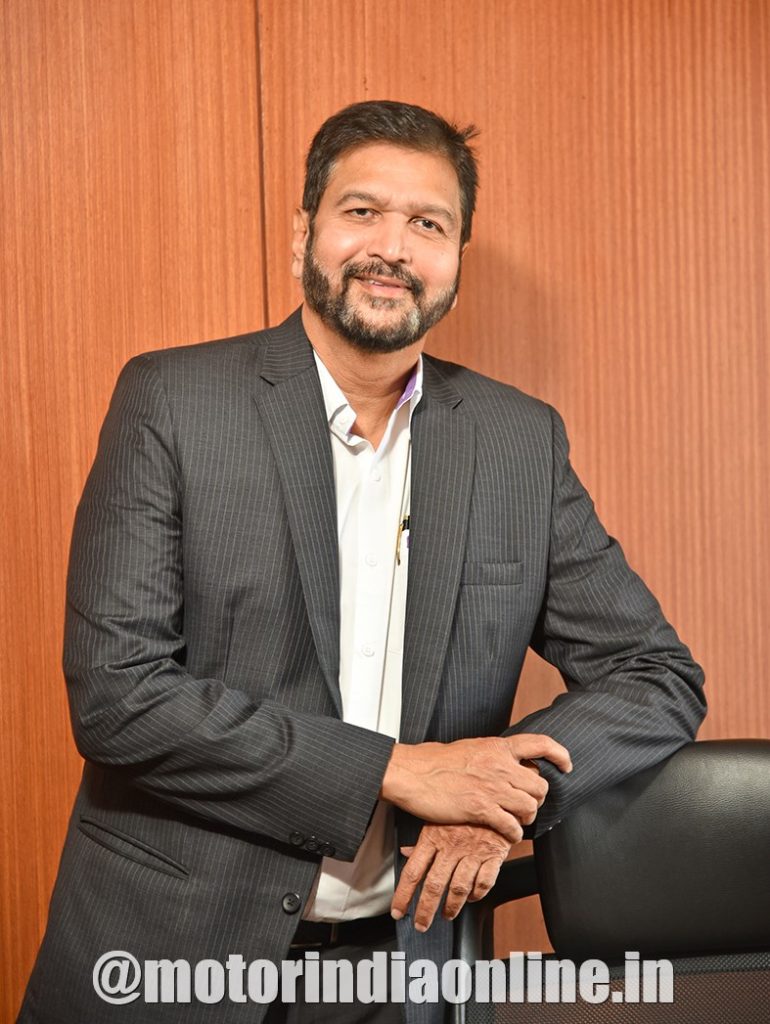
Dealing with COVID challenges – Surviving Losses
About 90% of the transport in India is run by private operators. Our challenge is paying salaries without doing any business. Only with a vaccine, public transport will be back to normal and even then, business revival will still take a couple of months. If we loosen up on social distancing norms but remain strict on sanitization, then people will use buses for transport. Or, the government can give viability gap funding for us to survive.
Stimulus Package
Our challenge goes beyond the lockdown period and into future. Hence, we seek waiver on the Motor Vehicle Tax for at least a year. Rather than giving additional loans, we should get additional period for repayment of existing loans.
Top 3 Asks
First, bank instalment moratorium and rescheduling of loans. Second, waiver of motor vehicle tax, and other taxes such as intracity, and toll also, for a year. Today, depending on the type of service, we roughly pay 40-50% of our revenue as taxes. Third, extension of our insurance policies equivalent to the duration of lockdown.
Outlook – Long & Short of it
This may be the best time for our government to make changes in regulations. One nation one tax one permit can boost the economy. The government can bring in changes which are structural in nature, particularly for city buses.
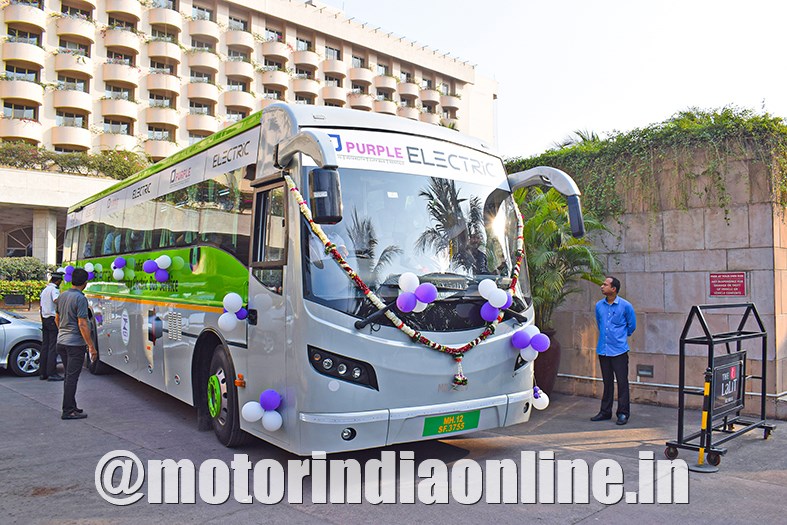
EV – Prasanna Group Perspective
EVs are for real. Soon, India may manufacture its own battery and the import components will automatically go down. But the awareness of advantages of electro mobility is less among the operators. Currently, the challenge is to get EV batteries to last up to 400 kilometers per day or 200-250 kilometers one way.
+ve Impact of COVID
If the government supports industry well, we have highly capable people and companies who can grab business from China and bring back business. Personal safety is being taken seriously. Brands taking good care of hygiene will get better business than those who do not take care of hygiene. As a result, change will happen with consolidation and aggregation and the industry will have better quality services which is the need of the hour.